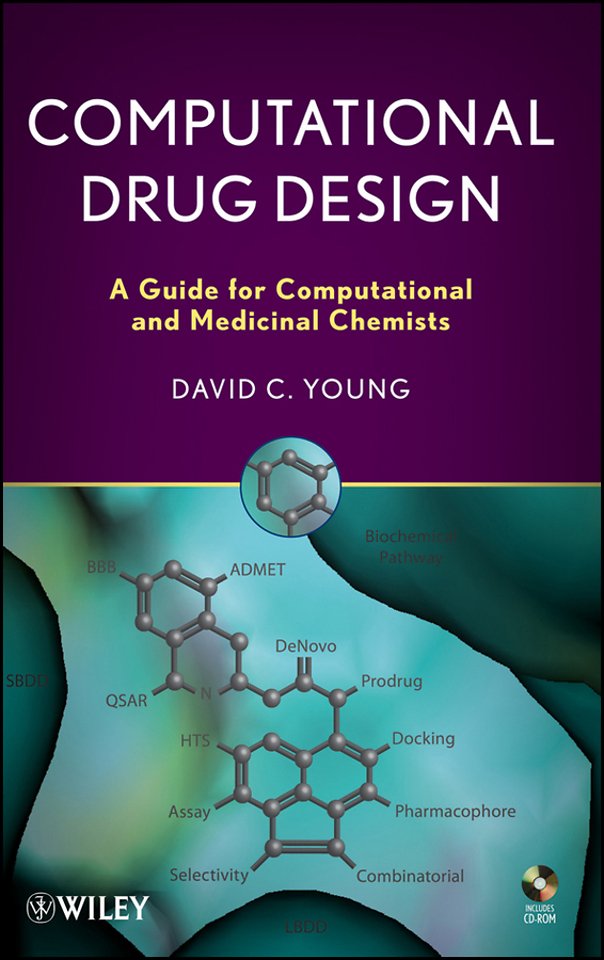Computational Drug Design
A Guide for Computational and Medicinal Chemists
Samenvatting
There has been a great surge in the usage of computational drug design techniques over the past 20 years. Filling the need for an easily understood, nonmathematical text on drug design,
Computational Drug Design explores the wide range of computational techniques available for the drug design process, and puts them in the framework of the drug design process. This valuable learning source provides students, computational chemists, organic, medicinal and pharmaceutical chemists, and biochemists with a solid perspective on the entire breadth of the field.
Specificaties
Inhoudsopgave
<p>Acknowledgements.</p>
<p>About the Author.</p>
<p>Symbols Used in This Book.</p>
<p>Book Abstract.</p>
<p>1. Introduction.</p>
<p>Part I: The Drug Design Process.</p>
<p>2. Properties that Make a Molecule a Good Drug.</p>
<p>3. Target Identification.</p>
<p>4. Target characterization.</p>
<p>5. The Drug Design Process for a Known Protein target.</p>
<p>6. The Drug Design Process for an Unknown target.</p>
<p>7. Drug Design for Other targets.</p>
<p>8. Compound Library Design.</p>
<p>Part II: computational Tools and Techniques.</p>
<p>9. Homology Model Building.</p>
<p>10. Molecular Mechanics.</p>
<p>11. Protein Folding.</p>
<p>12. Docking.</p>
<p>13. Pharmacophore Models.</p>
<p>14. QSAR.</p>
<p>15. 3D–QSAR.</p>
<p>16. Quantum Mechanics in Drug Design.</p>
<p>17. De novo and Other AI Techniques.</p>
<p>18. Cheminformatics.</p>
<p>19. ADMET.</p>
<p>20. Multiobjective Optimization.</p>
<p>21. Automation of Tasks.</p>
<p>Part III: Related Topics.</p>
<p>22. Bioinformatics.</p>
<p>23. Simulations at the Cellular and Organ Level.</p>
<p>24. Synthesis Route Prediction.</p>
<p>25. Proteomics.</p>
<p>26. Prodrug Approaches.</p>
<p>27. Future Developments in Drug design.</p>
<p>Appendix: About the CD.</p>
<p>Glossary.</p>
<p>Index.</p>

